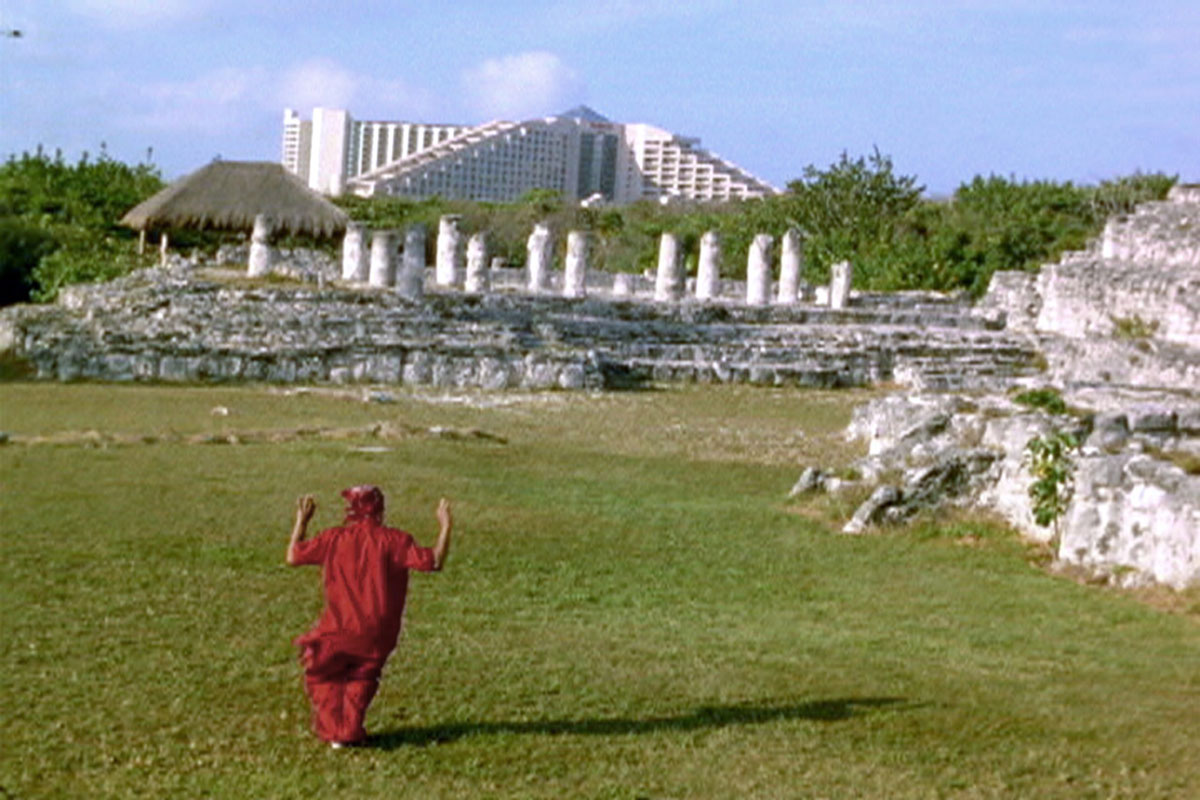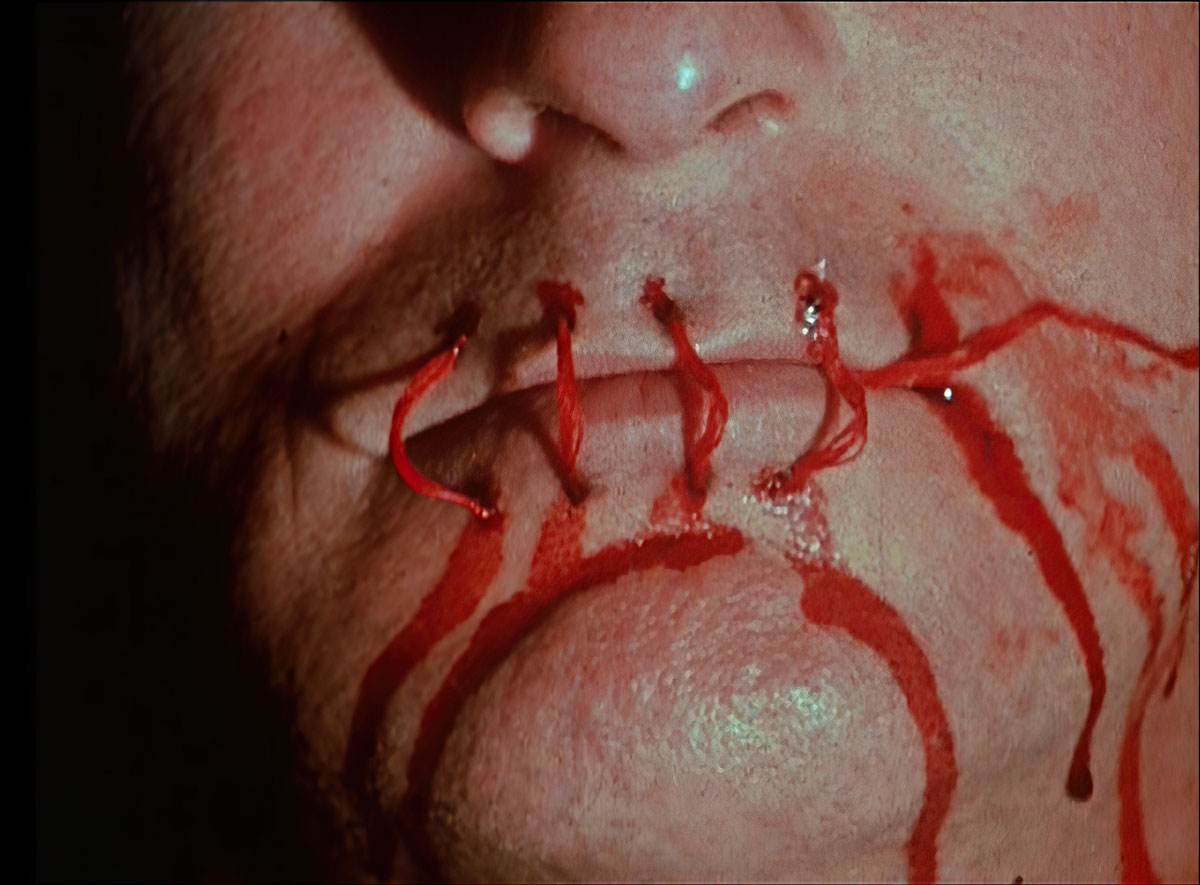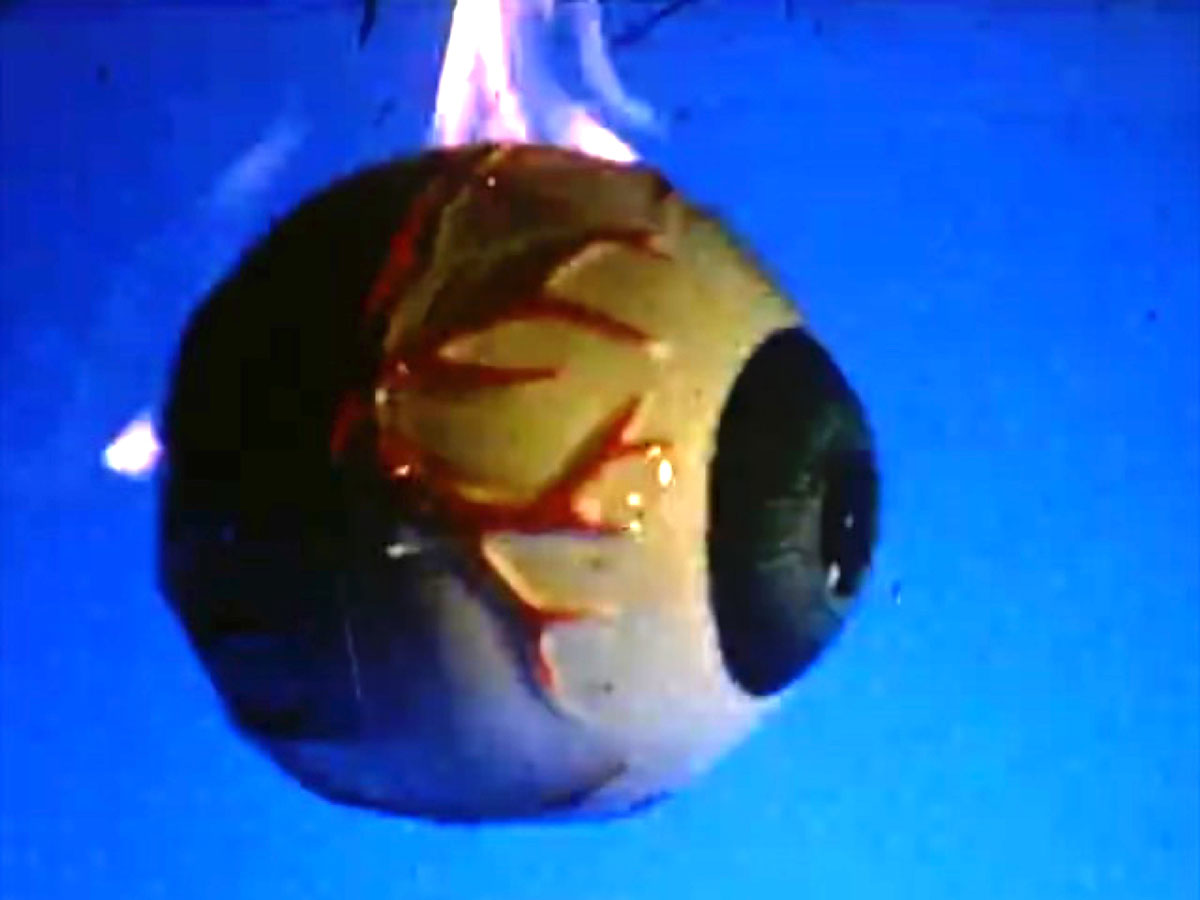ART-PRESENTATION: A Fire In My Belly
 The large collection exhibition, “A Fire In My Belly” features over thirty artists from different generations and backgrounds, who in a variety of mediums and contexts examine the ways in which experiences of violence and loss are enacted, witnessed, and transformed. Comprising film, video, photography, painting, sculpture, and poetry, the exhibition explores how artists negotiate and transcend these experiences through personal and political gestures of protest and resistance.
The large collection exhibition, “A Fire In My Belly” features over thirty artists from different generations and backgrounds, who in a variety of mediums and contexts examine the ways in which experiences of violence and loss are enacted, witnessed, and transformed. Comprising film, video, photography, painting, sculpture, and poetry, the exhibition explores how artists negotiate and transcend these experiences through personal and political gestures of protest and resistance.
By Efi Michalarou
Photo: Julia Stoschek Collection Archive
The works included in the exhibition “A Fire In My Belly” alternate between moments of tension, poetry, and release. The title of the exhibition stems from the unfinished film “A Fire In My Belly” (Film In Progress) and “A Fire In My Belly (Excerpt)” (1986–87) by the artist and activist David Wojnarowicz. In the face of a society permeated by social injustices and oppression on both an individual and structural level, Wojnarowicz’s film distils his anger and anguish at the polarized and violent milieu of the 1980s, specifically in the United States, where the AIDS epidemic and the Culture Wars were decisive in the artist’s life. David Wojnarowicz is known for the richly aesthetic and strongly activist works that he made in response to the AIDS crisis. Echoing themes explored throughout David Wojnarowicz’s art and writing, “A Fire In My Belly” is a visceral meditation on cultural and individual identity, spirituality, and belief systems. On a trip to Mexico City with Tommy Turner to scout Day of the Dead imagery, Wojnarowicz shot 25 rolls of super-8 film, documenting scenes that embodied the violence of city life. A central image is that of a child exploited as a fire-breathing street performer, which resonates in the title of the film and Wojnarowicz’s own experience hustling on the streets at a young age. He later staged scenes in his New York City apartment to combine with this footage, collecting dreamlike images to illustrate thematic sections he planned for the film’s structure, outlined in a cutting script. Among these images is a dancing, gun-wielding marionette, coins dropping into a plate of blood, vibrantly colored loteria cards, and the now iconic self-portrait of the artist with his lips sewn shut. The film “A Fire In My Belly” was never completed. What currently circulates and is preserved in the Fales Library Collection of NYU, which holds the David Wojnarowicz Papers archive, is a 13-minute version entitled “A Fire in my Belly, A Work in Progress” and a 7-minute excerpt that possibly represents a chapter planned for the finished version. Wojnarowicz’s cutting script shows that he thought of organizing it into discrete sections (numbered 1 – 8, with notes to combine sections). Each section includes notes on general themes, such as “aggression” or “hunger,” accompanied by specific symbols – religious icons, the four elements, or colors. The physical film reveals Wojnarowicz’s unfinished ordering of the sections; masking tape splices holding together the deconstructed film have since been removed for preservation, and are now indicated by black leader. An excerpt of the work was removed from the National Portrait Gallery’s exhibition “Hide/Seek: Difference and Desire in American Portraiture” following protests by a religious group and conservative politicians. In response to the Smithsonian’s decision to pull the work, institutions around U.S.A. joined together to host screenings as a way to draw attention to its removal and to foster discussion around the work and issues of censorship.
“Love Is The Message, The Message Is Death” is a video by artist, director, and award-winning cinematographer Arthur Jafa. Set to the searing highs and lows of Kanye West’s gospel-inspired hip-hop track, “Ultralight Beam,” Love Is The Message is a masterful convergence of found footage that traces African-American identity through a vast spectrum of contemporary imagery. From photographs of civil rights leaders watermarked with “Getty Images” to helicopter views of the LA Riots to a wave of bodies dancing to “The Dougie,” the meticulously edited 7-minute video suspends viewers in a swelling, emotional montage that is a testament to Jafa’s profound ability to mine, scrutinize, and reclaim media’s representational modes and strategies. Alongside segments of familiar Black icons and historic events are also scenes featuring lesser known figures: anonymous bodies in various states of elation and despair.
The 16mm film “I Was / I Am” (1973) is considered an homage to the American experimental filmmaker Maya Deren who had a strong influence on Hammer’s early artistic work. It makes reference to Deren’s avant-garde film “Meshes of the Afternoon” (1943), which was made in collaboration with Alexander Hammid. Hammer did not only use various motifs and symbols from this work as direct quotes—such as a key, a mirror, a white cloth billowing in the wind, or a mysterious figure dressed in black; she was also particularly aligned with the unusual narrative structure that was used instead of a traditional linear sequence of events. By using vertical montage, in which cuts are made during a certain sequence of movements, a variety of scenes are homogeneously combined. In this way, individual moments are vertically condensed into a poetic construction and thus emotionally enhanced. By additionally employing quick cuts as well as multiple repetition of scenes, dream and reality are blurred into a surreal whole: in the film the artist is transformed from an innocent princess wearing a white dress and tiara into a lesbian warrior in a black leather outfit with a gun riding on a motorcycle.
The Mexican city of Cancún on the Yucatán Peninsula is the location of the 16mm film “Cities of Gold and Mirrors” (2009) by Cyprien Gaillard. Today a popular tourist destination for package vacations, the city was originally built in a region that was sparsely populated in line with a master plan by architect Augustín Landa Verdugo. The pyramid shape adopted for the relevant monumental hotel complexes draws on the architectural style of the pre-Columbian Mayan temples, but without making any reference to the cultural heritage in the direct vicinity, namely the Mayan ruins at El Rey. In the first film sequences different cultures come face-to-face in front of the above-mentioned backdrop. American students organize a tequila-drinking contest – the tequila bottle reads “Alma Azteca” (English: the soul of the Aztecs); dolphins cavort in an artificial pool directly adjacent to the hotel infrastructure; a member of the Bloods, one of the United States’ largest gangs, performs a ritual dance amongst the Maya ruins at El Rey, with the former Hilton hotel towering up behind him; the camera moves swiftly through the overgrown interior of the Grand Oasis hotel, decked out with hanging plants and calling to mind a ruin in the rain forest that has been reclaimed by nature. There follows a spectacular shot of an office building in Dallas with a reflective glass façade being blown up, revealing another building with a golden-like surface; the final scene ends with a laser show at the Coco Bongo, a large discotheque in Cancún.
In Ana Mendieta’s film-based work “Anima, Silueta de Cohetes” (Firework Piece) of 1976, many single flames created through lit fireworks on a metal bar combine to produce a glowing image against the night sky. The result is an enormous silhouette of a female body with raised hands until the embers gradually extinguish revealing a view of the scaffolding. The two-minute HD film with a strong focus on the object and blurring of the background, originally made on Super 8 film and later digitalised, belongs to Mendieta’s key group of work of body silhouettes (siluetas in Spanish), and simultaneously symbolizes immediacy and transience. The presentation of the film as “sculpture” on a Hantarex monitor, which itself stands on a pedestal, also reveals the artist’s own image of herself as a sculptor. She executed this work on the contours of her own body in Oaxaca, a state and city in Mexico, which owing to its more than eleven-thousand-year-old settlement history and four thousand archaeological sites is listed as a World Heritage site. From 1973 to 1976, Mendieta regularly visited the ancient excavation sites and was fascinated by the area’s special charm and the way nature had increasingly grown over things and reclaimed them.
Participating Artists: Sophia Al-Maria, Peggy Ahwesh, Monica Bonvicini, Bernadette Corporation, Paul Chan, Thomas Demand, Maria Anna Dewes, Karl Wilhelm Diefenbach, Trisha Donnelly, Marcel Dzama, Tracey Emin, Brock Enright, Adam McEwen, Cyprien Gaillard, Barbara Hammer, Leila Hekmat, Anne Imhof, Arthur Jafa, Rindon Johnson, Zoe Leonard, Klara Lidén, Ana Mendieta, Asier Mendizabal, Colin Montgomery, Nandipha Mntambo, Adrian Piper, Laure Prouvost, Rob Pruitt, Robin Rhode, Bunny Rogers, Marianna Simnett, Jack Smith, P. Staff, caner teker, Kandis Williams, and David Wojnarowicz.
Photo: Laure Prouvost, They Parlaient Idéale, 2019, HD video, 28′30″, color, sound. Video still. Courtesy of the artist and carlier | gebauer, Berlin/Madrid
Info: Curators: Lisa Long and Julia Stoschek, Assistant curator: Eugene Yiu Nam Cheung, Julia Stoschek Collection, Leipziger Strasse 60 (entrance: Jerusalemer Straße), Berlin, Duration: 6/2-12/12/2021, Days & Hours: www.jsc.art




